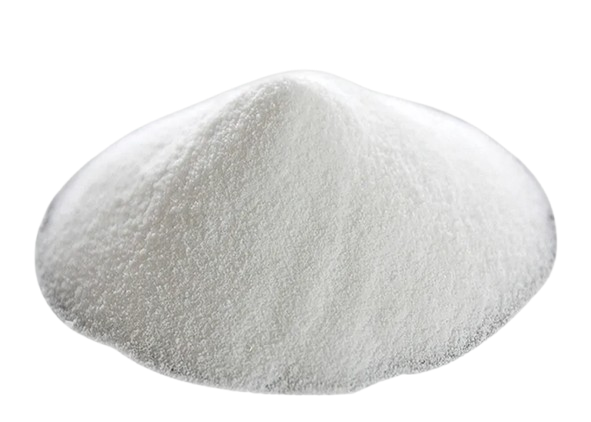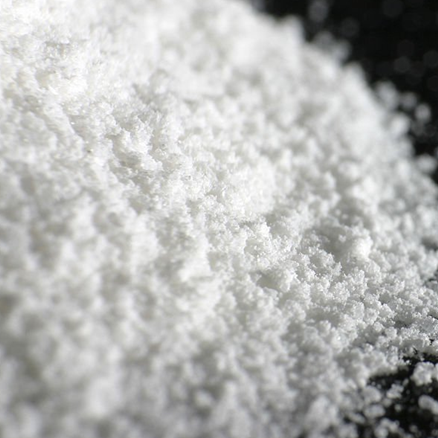Understanding PVC Stabilizers: The Role of Calcium-Zinc and Lead-Based Alternatives
Polyvinyl chloride (PVC), one of the most versatile thermoplastics, is inherently unstable when exposed to heat, UV radiation, or mechanical stress during processing and application. To counteract degradation, stabilizers are critical additives. Among these,calcium-zinc (Ca-Zn) stabilizers and lead-based stabilizers represent two distinct approaches, each with unique advantages and challenges.
1. Lead-Based Stabilizers: A Declining Legacy

Lead-based stabilizers, such as dibasic lead carbonate or lead stearate, were historically favored for their cost-effectiveness and superior heat stability. They effectively neutralize hydrochloric acid (HCl) released during PVC degradation, preventing autocatalytic breakdown. However, their toxicity and environmental risks have led to stringent regulations. For instance, the European Union’s Regulation (EU) 2023/293 restricts lead content in PVC to <0.1%, accelerating the shift toward safer alternatives.
2. Calcium-Zinc Stabilizers: The Eco-Friendly Alternative
Calcium-zinc stabilizers, composed of calcium and zinc salts combined with organic acids, address environmental and health concerns. They are non-toxic, comply with global regulations (e.g., REACH and RoHS), and align with sustainability goals. Key benefits include:
-Heat Stability: Prevent thermal degradation during high-temperature processing (e.g., extrusion or injection molding).
-UV Resistance: Protect PVC products like window profiles and outdoor cables from discoloration and weathering.
-Versatility: Available in specialized grades, such as food-contact-compliant, low-VOC, and transparent formulations, catering to diverse industries like construction, automotive, and packaging.

3. Performance and Market Trends
While lead-based stabilizers exhibit marginally better initial thermal stability, calcium-zinc systems have closed the performance gap through advanced formulations. For example, synergies with co-stabilizers like mineral acid scavengers enhance efficiency. The global market for eco-conscious PVC stabilizers, valued at $3.48 billion in 2023, is projected to reach $4.77 billion by 2030, driven by regulatory pressures and innovations like palm-oil-derived stabilizers.
4. Applications and Future Outlook
Calcium-zinc stabilizers dominate applications requiring safety and durability:
-Construction: Pipes, window frames, and siding.
-Automotive: Interior trims and seals.
-Food Packaging: Compliant films and containers. Ongoing R&D focuses on optimizing cost-effectiveness and expanding use cases, such as flexible PVC for wiring and medical devices.
Conclusion
The transition from lead-based to calcium-zinc stabilizers underscores the PVC industry’s commitment to sustainability. While challenges like higher initial costs persist, the long-term benefits—regulatory compliance, environmental safety, and versatile performance—solidify calcium-zinc systems as the future of PVC stabilization. As technologies evolve, these stabilizers will play a pivotal role in enabling greener, high-performance PVC products worldwide.
Post time: Feb-11-2025

